Volume and its relationship to cardiac output and venous return
- PMID: 27613307
- PMCID: PMC5018186
- DOI: 10.1186/s13054-016-1438-7
Volume and its relationship to cardiac output and venous return
Erratum in
-
Erratum to: Volume and its relationship to cardiac output and venous return.Crit Care. 2017 Jan 26;21(1):16. doi: 10.1186/s13054-016-1571-3. Crit Care. 2017. PMID: 28122591 Free PMC article. No abstract available.
Abstract
Volume infusions are one of the commonest clinical interventions in critically ill patients yet the relationship of volume to cardiac output is not well understood. Blood volume has a stressed and unstressed component but only the stressed component determines flow. It is usually about 30 % of total volume. Stressed volume is relatively constant under steady state conditions. It creates an elastic recoil pressure that is an important factor in the generation of blood flow. The heart creates circulatory flow by lowering the right atrial pressure and allowing the recoil pressure in veins and venules to drain blood back to the heart. The heart then puts the volume back into the systemic circulation so that stroke return equals stroke volume. The heart cannot pump out more volume than comes back. Changes in cardiac output without changes in stressed volume occur because of changes in arterial and venous resistances which redistribute blood volume and change pressure gradients throughout the vasculature. Stressed volume also can be increased by decreasing vascular capacitance, which means recruiting unstressed volume into stressed volume. This is the equivalent of an auto-transfusion. It is worth noting that during exercise in normal young males, cardiac output can increase five-fold with only small changes in stressed blood volume. The mechanical characteristics of the cardiac chambers and the circulation thus ultimately determine the relationship between volume and cardiac output and are the subject of this review.
Keywords: Capacitance; Cardiac output; Circulatory filling pressure; Compliance; Mean systemic filling pressure; Stressed volume; Time constants; Venous return.
Figures
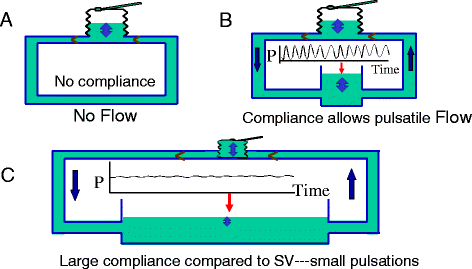
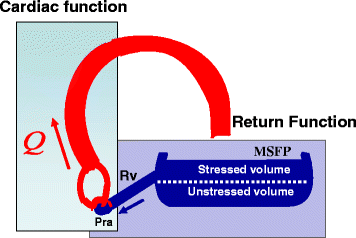
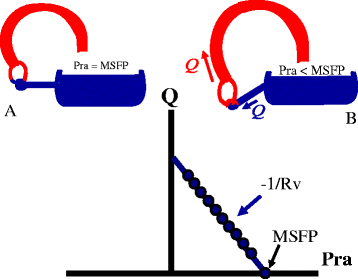
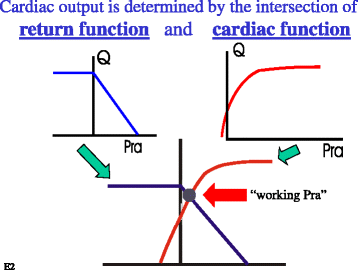
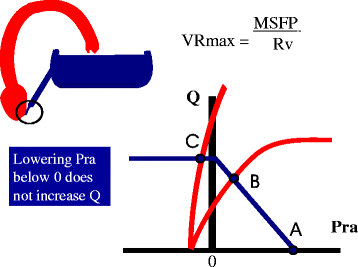
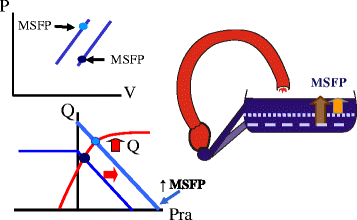
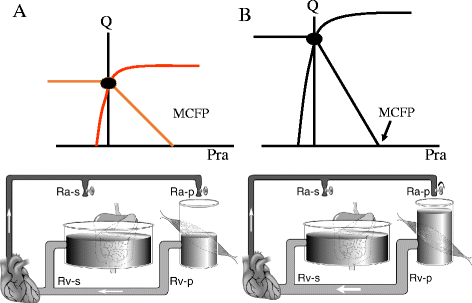
References
-
- Guyton AC, Lindsey AW, Bernathy B, Richardson T. Venous return at various right atrial pressures and the normal venous return curve. Am J Physiol. 1957;189(3):609–15. - PubMed
-
- Permutt S, Caldini P. Regulation of cardiac output by the circuit: venous return. In: Boan J, Noordergraaf A, Raines J, editors. Cardiovascular system dynamics. 1. Cambridge, MA and London, England: MIT Press; 1978. pp. 465–79.
-
- Krogh A. The regulation of the supply of blood to the right heart. Skand Arch Physiol. 1912;27:227–48. doi: 10.1111/j.1748-1716.1912.tb00643.x. - DOI
Publication types
MeSH terms
LinkOut - more resources
Full Text Sources
Other Literature Sources
Medical

